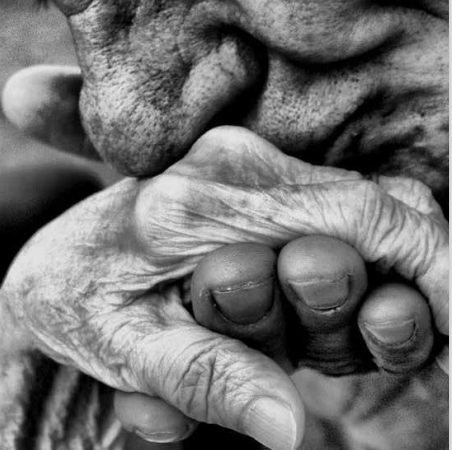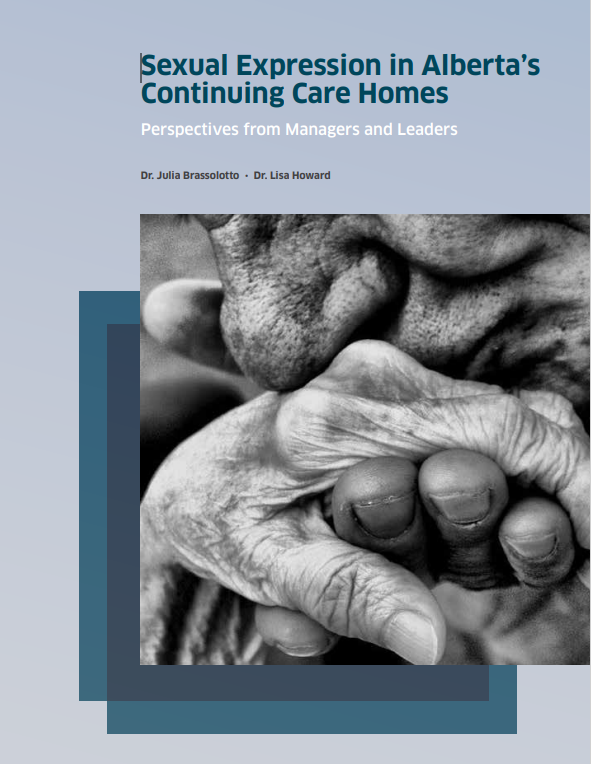
Sexual Expression in Alberta’s Continuing Care Homes – Phase 1
Brassolotto, J. & Howard, L. (2018). Sexual Expression in Alberta’s Continuing Care Homes:
Perspectives from Managers and Leaders. Lethbridge, AB: University of Lethbridge.

In this report, we outline the findings from Phase 1 of a multi-phase, Alberta-wide study on sexual expression in supportive living and long-term care homes. We asked about how residents’ sexual expression is navigated in congregate settings. In the absence of related provincial policies and practices, we explored how managers both support safe, healthy and dignified expressions of sexuality, and respond to unhealthy, unsafe, and undignified expressions.
Broadly, our aim is to encourage productive and informed conversations, and support compassionate resident-centered responses to sexual expression. The interviewed participants provided a rich definition of sexual expression that includes a broad range of identities, practices, acts, and relationships. Participants were unanimous that sexual expression has a place in continuing care, though the boundaries remain undefined. It was acknowledged that the demographic profiles of continuing care residents and staff are changing and with this shift, there is an increased urgency to address matters of sexual expression. However, there are considerable gaps in knowledge and a lack of preparedness about how to anticipate, navigate, and respond to diverse expressions of sexuality. Participants identified challenges related to values, dementia, consent, privacy, family and community dynamics, education, and consistency with approaches across the sector. Moving forward, we hope the content of this report is useful for raising awareness, starting conversations, and thinking differently about sexual expression in continuing care.
Key findings:
1) Broad definitions of sexual expression and its place in continuing care homes
2) Structural features that influence how managers navigate residents’ sexual expression
3) Interpersonal dynamics that create the context for sexual expression
4) Exemplary cases of support for healthy sexual expression
